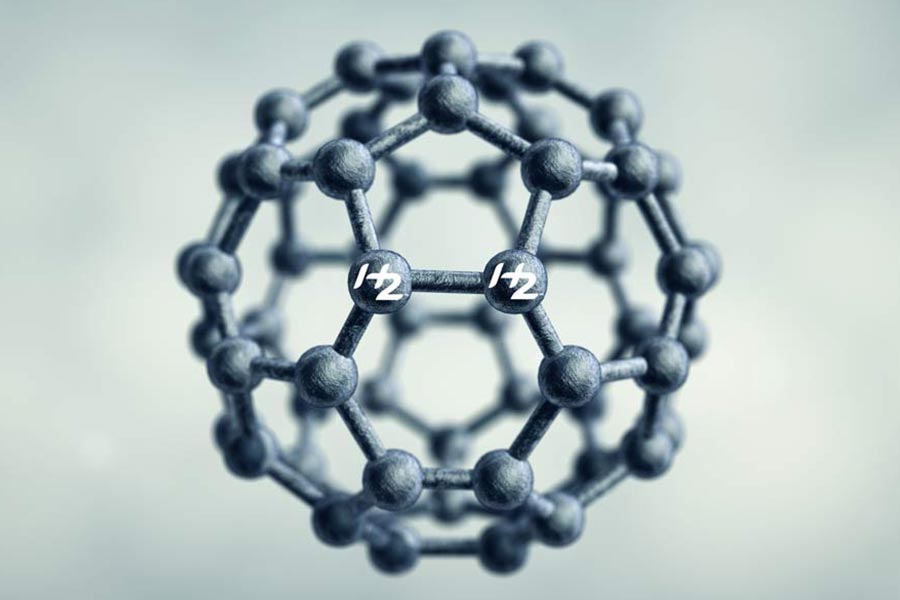Hydrogen A to Z Series: A For Adsorption
By: GenH2 Staff
Read Time: 3 minutes
Defining the Hydrogen Economy from A to Z: A is for Adsorption
Education is a key factor in raising the knowledge at local, national, and international levels for the Hydrogen economy and is and will continue to play a significant role in unlocking the understanding of its potential in providing solutions for a clean energy future.
In defining and further understanding the Hydrogen economy world, we will go through each letter of the alphabet, A to Z and define different associated words with Hydrogen as we discover together in future blogs. Please follow us as we go through A to Z.
A is for Adsorption – the process by which ions, atoms, or molecules adhere to the surface of a solid material.
Adsorption is a surface phenomenon while absorption involves the whole volume of the material, although adsorption does often precede absorption. Everyday examples of adsorption with which we are familiar include the removal of the hardness of water using softening equipment and pollution masks which contain charcoal adsorbents. Another important example is as a means for Hydrogen energy storage. Metal hydrides, MOFs, charcoals, molecular sieves, and aerogels are special materials with high internal surface areas. Devices can be designed with certain of these materials to store up a lot of hydrogen molecules for use later, when needed. These same materials can work even more effectively when lowered to cryogenic temperatures.
Speaking of storage, adsorption is also important to the storage of hydrogen on mediums such as aerogels which are nanoporous and have pores with dimensions of only a few nanometers. When it comes to aerogels, NASA Kennedy Space Center has recently developed the cryogenic flux capacitor which uses aerogels for high density molecular (“solid state”) storage when put at a cryogenic temperature. These aerogels, through a special type of adsorption called physi-sorption, allow for the storage and release of hydrogen on demand. Novel approaches of using solid state storage and aerogels are considered for next generation of on-board hydrogen storage for mobility.
Why is adsorption important to the Hydrogen economy currently and the future? Besides providing a means for hydrogen storage, special adsorbers are the unsung heroes of cryo-refrigerators for making liquid hydrogen (LH2) for the renewable energy storage and running the hydrogen economy in general. Compressors are the workhorses of cryo-refrigeration machines. For our 1 ton/day liquefier, helium is the refrigerant, or working fluid, that is compressed. High purity helium is a required and essential part of the process from compression to the heat exchanger operating at 20 K. Adsorbers are needed for maintaining a high level of cleanliness of helium gas. Everything (other than helium and hydrogen) turns to solid at 20 K! The adsorbers allow the compressor to do the important job of maintaining the continuous operation of a liquefaction/refrigeration system for extended periods of time while keeping the helium process stream free of contaminants.
Follow us as we consider this in future blogs and defining the next alphabet for the Hydrogen Economy, the letter B for Blue Hydrogen.
 Copyright All Rights Reserved GenH2
Copyright All Rights Reserved GenH2
 Copyright All Rights Reserved GenH2
Copyright All Rights Reserved GenH2 Copyright All Rights Reserved GenH2
Copyright All Rights Reserved GenH2